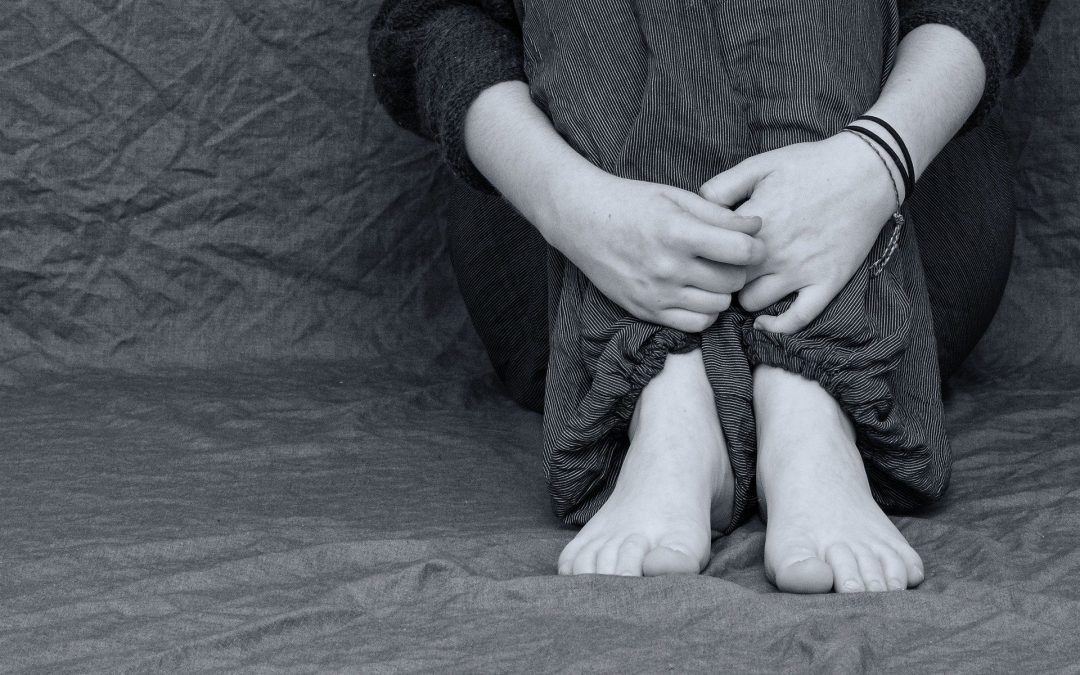Plenty of people experience a hint of the winter blues as harsh weather keeps us shut up indoors, but seasonal affective disorder (SAD) is a more serious form of depression. Fortunately, there are effective forms of treatment. Here are the basic facts about SAD and how to feel better year-round.
Understanding the Facts About SAD
Distinguish between SAD and other forms of depression. SAD often resembles other types of depression. The key difference is that your symptoms are limited to the same season each year.
Recognize the symptoms. With SAD, you’re likely to feel sad and irritable. You may be hungry all the time with especially strong cravings for carbohydrates like bread and pasta. It’s also common to feel drowsy and sleep more.
Be aware of the different varieties of SAD. This condition usually strikes in the winter, but not always. For some people, the heat and humidity of summer serve as triggers.
Know your risk factors. The highest risk of SAD occurs between the ages of 15 and 55. As you age, you’re less likely to develop SAD. It’s more common in women and in areas where winter days are shorter and the amount of sunlight changes dramatically according to the season. Family history also plays a role.
Strategies for Living With SAD
Increase exposure to light. Home remedies are sometimes all you need. Try using brighter lights and spending more time outdoors in the sun. Morning light is especially important.
Try out light therapy. If your symptoms are more intense, your physician will probably prescribe light therapy. You spend just about a half-hour a day exposed to a special box lamp. There are few side effects and may people enjoy immediate relief. For others, simple complementary activities do the trick.
Get more exercise. Regular exercise is beneficial for coping with most forms of depression, including SAD. Schedule a workout first thing in the morning like a brisk walk around the neighborhood.
Manage stress. Be extra gentle with yourself while you’re recovering. Take time to relax through meditation or listening to instrumental music.
Aim for good quality sleep. Your body will try to get extra sleep when you have SAD. Help make that slumber restorative by avoiding alcohol and caffeine and sticking to a regular early bedtime.
Watch your weight. SAD can lead to weight gain. Protect your health by exercising longer to burn more calories. When you get cravings, reach for healthy, low-fat carbohydrates like whole-wheat bread and brown rice.
Do some traveling. If your schedule and budget permit, SAD is one of the few issues you can run away from. Go where the weather suits your needs better. Try spending a week in sunny Jamaica.
Stick with your doctor’s recommendations. Your doctor can advise you on whether antidepressants may be helpful. Even if your symptoms clear up, follow your doctor’s recommendations. If you discontinue treatment too soon, you may suffer a rebound.
See a counselor. Talk therapy is another valuable resource. It may help you address underlying issues and keep SAD from interfering with your daily life.
While winter cold can be daunting, the change of seasons can also be an opportunity to appreciate nature and shake up your daily routines. A little more exposure to morning light may be all you need to stay well. If you think you could be experiencing symptoms of SAD, talk with your doctor to find a treatment plan that works for you.


Recent Comments